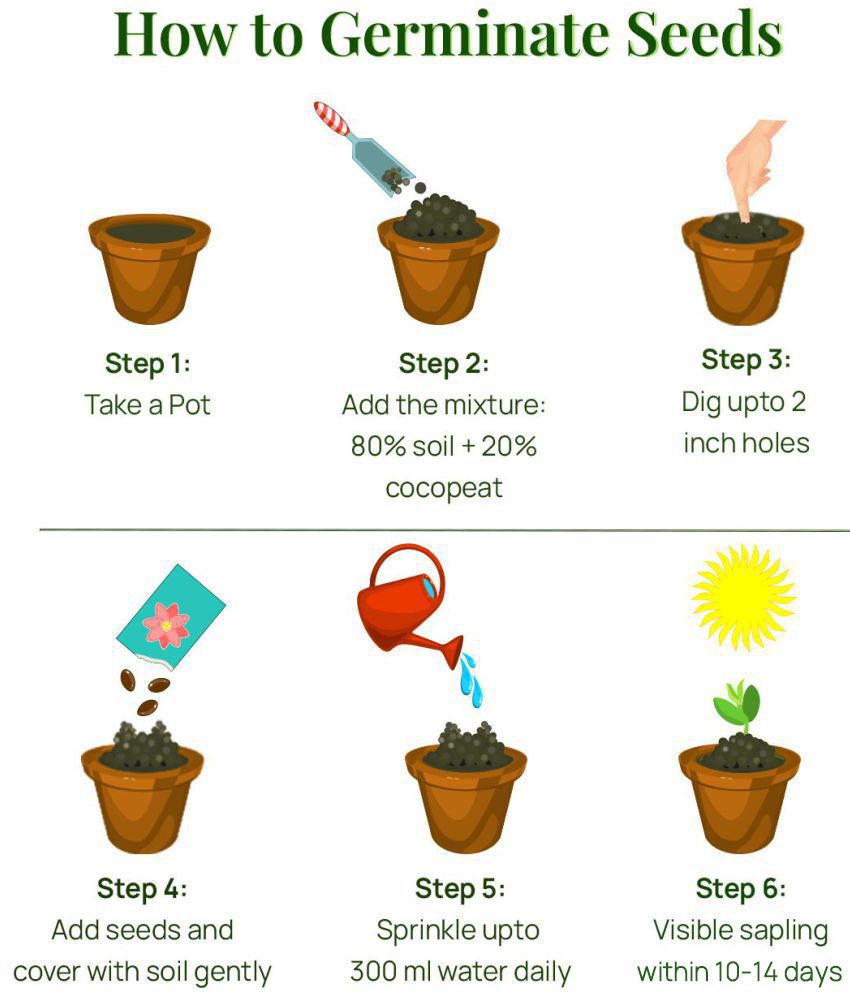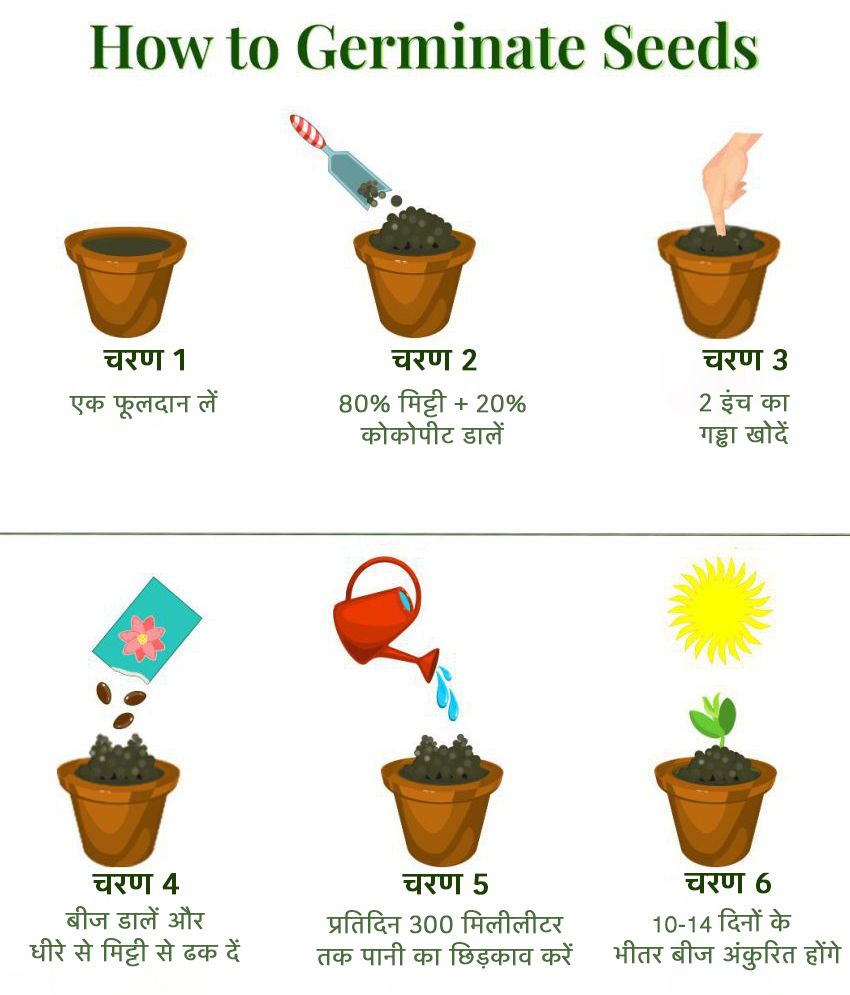Red okra (or bhindi/bhendi) can be a visual delight to grow in your kitchen garden. It has green leaves with burgundy stems, leaf ribs, and branches. ... The burgundy-colored 6" - 8" long pods can be eaten raw when tender (as they are not very mucilaginous), but turn green when cooked.
Okra is a tropical plant that is grown as an annual vegetable. The seed pods are especially useful for thickening stews because of their gummy mucilage. Okra plants are extremely drought and heat resistant and okra is a popular vegetable in many countries with difficult growing conditions.
SUNLIGHT
The plant require to be grown in full sun of at lease 6 hrs a day.
SOIL
Lady s Finger performs best in well-drained, fertile soils in full sun. Avoid wet, poorly drained sites. Soil pH is generally not a problem as okra grows well in soils that are slightly acidic to slightly alkaline (pH 6.5 to 7.5).
WATER
Ladys Finger can tolerate dry conditions. However, watering may be necessary during extended dry periods. It needs to be evenly moist throughout the growing season.
TEMPERATURE
22 to 35 degree C
FERTILIZER
Before planting, apply 1 to 2 pounds of an all-purpose garden fertilizer, such as 10-10-10.
Caring for Bhindi Okra
Eliminate weeds when the plants are young, then mulch heavily to prevent more weeds from growing.
Apply a layer of mulch 4 to 8 inches high. You should also side-dress the plants with 10-10-10, aged manure, or rich compost (1/2 pound per 25 feet of row).
You could also apply a balanced liquid fertilizer monthly.
When the seedlings are about 3 inches tall, thin the plants so that they are 10 to 18 inches apart.
Keep the plants well watered throughout the summer months; 1 inch of water per week is ideal, but use more if you are in a hot, arid region.
After the first harvest, remove the lower leaves to help speed up production.
Ladys Finger does not like to have its roots disturbed.





